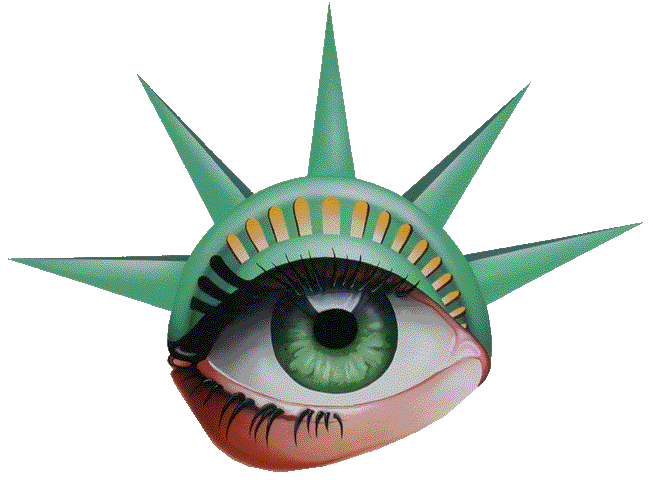LASIK eye surgery has revolutionized the way we think about vision correction. Millions have opted for this procedure, seeking a life free from glasses and contacts. But what happens years down the line? Specifically, can you wear contacts 10 years after lasik? This question is crucial for those who might experience vision changes as they age or those considering options for minor post-LASIK corrections.
In this comprehensive blog, we explore the viability of wearing contact lenses long after your LASIK surgery. We’ll delve into why someone might need them, the types of contacts available, and how to ensure your eyes remain healthy.
Understanding the Long-Term Effects of LASIK
LASIK is designed to be a permanent solution to refractive errors by reshaping the cornea. However, the aging process and other factors can lead to vision changes over time. This doesn’t necessarily mean the initial surgery was unsuccessful, but our eyes naturally change as we age.
Can Vision Change After LASIK?
Yes, your vision can change after LASIK due to several reasons, such as presbyopia or myopia regression, which are common as we grow older. For more detailed insights on how LASIK provides lasting results and what changes might occur, you can read about the long-term effects of LASIK surgery.
When Might You Need Contacts After LASIK?
Here are some scenarios where you might consider wearing contact lenses post-LASIK:
- Presbyopia: This age-related condition affects all individuals, typically starting in their 40s, making it hard to see objects up close.
- Residual Refractive Error: Some patients might still have minor vision imperfections after LASIK, especially if they had a strong prescription initially.
- Adjustments for Specific Activities: Certain activities, like sports or driving at night, might require sharper vision, which can be aided by contacts.
What Types of Contacts Are Suitable Post-LASIK?
After LASIK, the shape of your cornea will have changed, which means regular contact lenses may not fit as well. Specialized lenses, such as rigid gas-permeable (RGP) lenses, are often recommended because they provide a new refractive surface on the eye.
Contacts After LASIK
Here is a detailed table explaining the types of contacts you might consider after LASIK, along with their uses and considerations:
| Type of Lens | Description | Considerations |
|---|---|---|
| Soft Lenses | Made from soft, flexible materials and can conform to the new shape of the cornea. | Might not offer the sharpest vision for irregular corneas post-LASIK. |
| RGP Lenses | Hard lenses that maintain their shape, providing a clear vision over a reshaped cornea. | Require adaptation and might be uncomfortable initially. |
| Hybrid Lenses | Feature a rigid center with a soft peripheral ring. Combines comfort with clarity. | Can be an ideal choice for those with corneal irregularities after LASIK. |
| Scleral Lenses | Larger in diameter, these lenses rest on the sclera rather than the cornea. | Beneficial for severe irregularities and provide high comfort and clarity. |
For further information on the choices of contacts after undergoing LASIK, you can visit contacts post-LASIK information page.
FAQs
Why might someone need to wear contacts after LASIK?
As individuals age, they may develop presbyopia or experience slight regressions in myopia or hyperopia, necessitating additional vision correction. Contacts are an excellent option for fine-tuning vision post-LASIK.
Can wearing contacts affect the health of your eyes after LASIK?
Yes, wearing contacts after LASIK requires careful consideration. It’s vital to consult with your eye care professional to choose the right type of lens and ensure that your eyes are suitable for contacts post-surgery.
How do you choose the right type of contacts after LASIK?
Choosing the right type of contacts post-LASIK involves understanding the new shape of your cornea and the specific vision needs you may have. Optometrists often recommend RGP or hybrid lenses for their ability to provide clear vision and fit post-surgical corneas.
Are there alternatives to wearing contacts after LASIK?
Yes, there are several alternatives to wearing contacts after LASIK, such as a follow-up LASIK procedure known as an enhancement. This is usually done to refine the initial correction and is common for patients who have residual refractive errors.
Conclusion
Returning to contact lenses after LASIK, even 10 years later, is a viable option for many. Whether due to natural changes in vision over time or specific lifestyle needs, contacts can provide a flexible solution. At Liberty Laser Eye Center in the Washington DC Metro area, we are dedicated to assisting you with your post-LASIK care. We encourage anyone considering contacts after LASIK to reach out and discuss financing options for your ongoing eye care needs.
For more information about LASIK and long-term vision care, do not hesitate to contact us. We are here to ensure your vision remains sharp and comfortable, years after your initial procedure.

